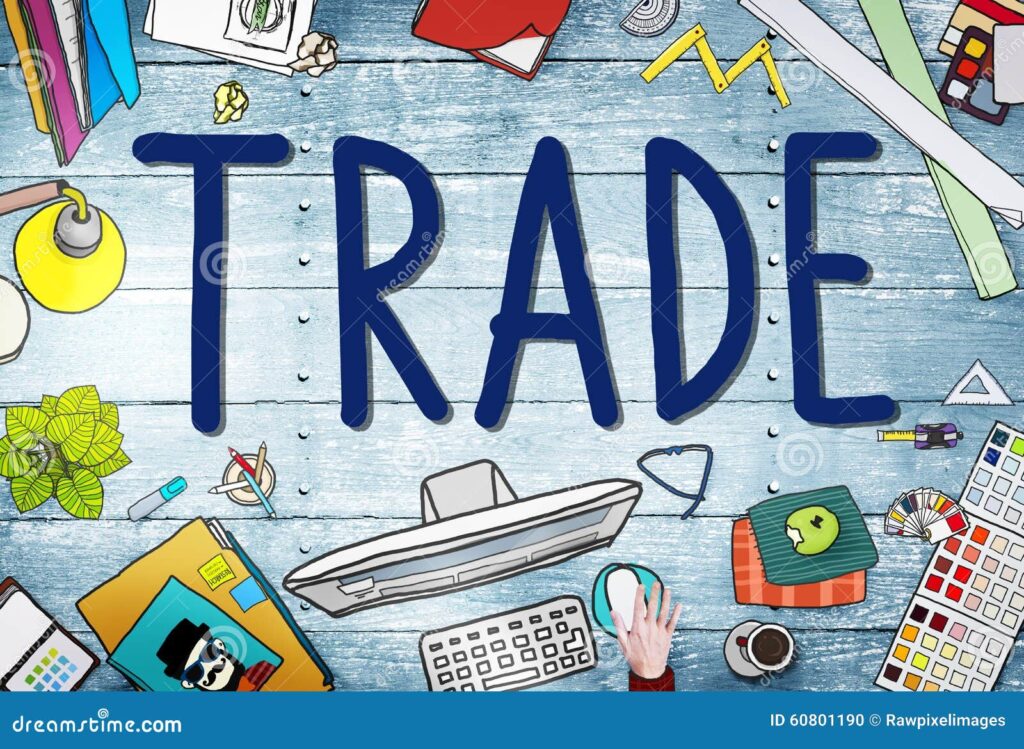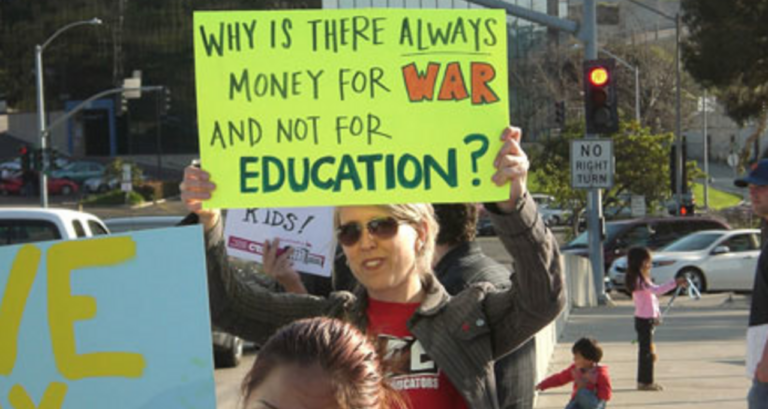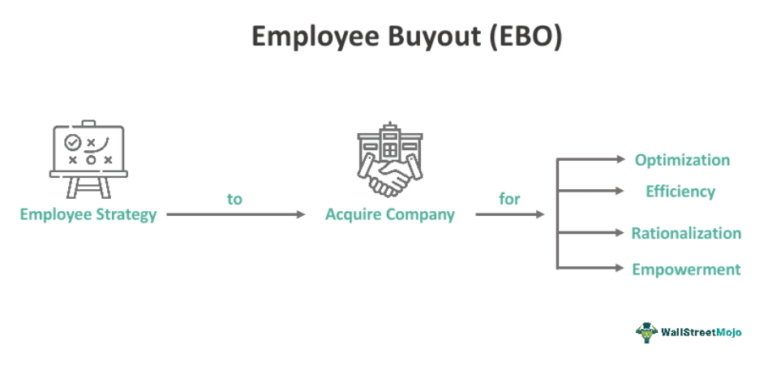
Audience
- Sentiment: Neutral
- Political Group: Republican
- Age Group: 35-54
- Gender: Male
Overview
- President Trump proposes raising tariffs to promote fair trade and encourage buying American-made products.
- The plan may lead to higher prices for consumers and potential economic backlash, including inflation.
- Experts warn that retaliatory tariffs from other countries could lead to a trade war and further complications in international trade.
Title: Trump Unveils New Tariff Plan Aiming for Fair Trade, Risks Economic Backlash
In a surprising move from the White House, President Trump has put forth a new plan to raise tariffs on imports to make trade more fair for America. You might be wondering, “What exactly are tariffs, and why should I care?” That’s a great question! A tariff is like a tax that the government puts on products coming into the country. When the government raises tariffs, it can make things more expensive, and this affects what people pay in stores. Let’s break this down further and explore how Trump’s proposal could change things for us.
What Are Tariffs and Why Do They Matter?
Imagine you’re bringing in a cool new video game from another country, and the government says you have to pay a little extra money for it. That’s a tariff! It’s meant to protect businesses in your own country by making imported products more expensive, encouraging people to buy locally-made items instead. But here’s the catch: when tariffs go up, so do the prices of goods in stores. Think about your favorite snacks or clothes—if those companies suddenly have to pay more to get their products here, they might raise prices to cover that expense.
President Trump believes that by raising tariffs, he will encourage people to buy American-made products, which could help create more jobs for local workers. This is part of his new plan called “reciprocal tariffs,” which means that if another country taxes American goods heavily, then we will do the same to them. Trump’s idea sounds fair, right? But it’s not without risks and some serious potential consequences.
Setting the Stage for Trade Talks
One of the reasons Trump introduced this tariff plan is to kickstart trade negotiations with other countries. The idea is that if we put pressure on countries with high tariffs, they might be more willing to talk and make deals that benefit the U.S. economy. However, this can result in a tricky situation because if other nations don’t like what the U.S. is doing, they might retaliate by raising their own tariffs on American products. It’s like a game of tug-of-war, where one side pulls harder, and the other side responds by pulling back just as hard, possibly leading to a “trade war.”
The Economic Ripple Effect
While Trump’s administration believes that the new tariffs can help correct trade imbalances—it’s a fancy term for when a country imports more than it exports—experts warn that the actual impact could be quite different. They point out that when tariffs are raised, it’s not just foreign companies that feel the pinch, but American consumers as well. You and your friends could end up paying more for things like electronics, clothes, or even fast food!
These increased prices can lead to inflation, where the purchasing power of a dollar decreases. In simpler terms, this means that your money won’t go as far as it used to—yikes! Imagine starting your first job, and when you go to buy a video game or a pair of sneakers, they suddenly cost a lot more than you remember. It’s frustrating, right?
Balancing Fairness and Growth
So, what about the idea of “fairness” that Trump is promoting? To be fair, the U.S. does have some pretty low tariff averages compared to other countries. The administration argues that it is only reasonable to align our tariffs with those of our trading partners. The plan includes not just looking at tariffs, but also examining subsidies (which are like government money given to help businesses) and currency valuation (how much one country’s money is worth compared to another’s). One reason behind this thoroughness is a projected $1.9 trillion budget deficit, which essentially means the government is spending more money than it is making. The revenue from increased tariffs could help offset that, and that’s a big deal!
However, critics argue that not all countries will welcome these changes. If other countries respond negatively and impose their own tariffs on U.S. goods, it can lead to a situation where everyone loses. For example, if French cheese gets a tax hike, you might find yourself paying double when you want a fancy dinner. Or what about cars? If Japan decides to increase tariffs on American-made cars, it could become pricier for you or your folks to buy a new ride.
The Bigger Picture
In the long run, the question becomes whether Trump’s tariff plan will truly benefit American workers or if it will create problems for consumers. Some economists believe that while the intent is to boost manufacturing in the U.S., the impact might not be as clear-cut. Job growth could be stunted, investments might decline, and companies may be less likely to hire new workers when they’re facing a fluctuating cost environment.
Yet, despite the risks, President Trump remains hopeful. He believes that inflation won’t be significantly impacted by these changes. This idea is a bit of a gamble. The situation is similar to a high-stakes poker game: you look at your cards (the current economy), place your bets (the tariffs), and hope for the best outcome (economic growth). But there’s always the chance that you might lose big if things don’t go as planned.
Final Thoughts
Navigating through these complexities of international trade and tariffs can seem like a tangled web. Every decision can lead to a butterfly effect, causing changes that ripple through the economy. It’s essential to stay informed and consider how these policies could shape the world around us.
As we think about the potential rise in prices and how it can affect our daily lives, it’s important to consider the question: How do you feel about President Trump’s new tariff plan? Do you think it will help American workers, or are you worried it might just make things pricier for all of us? Share your thoughts in the comments below! Your perspective could bring something new to the conversation!





